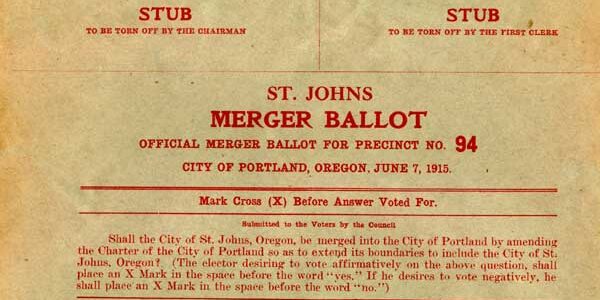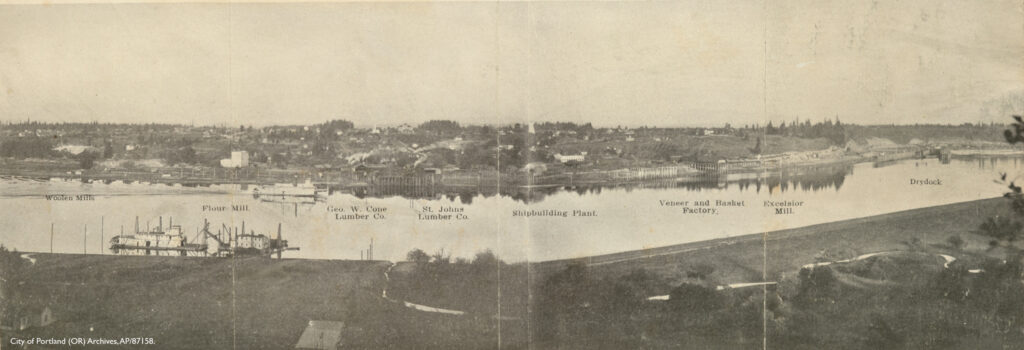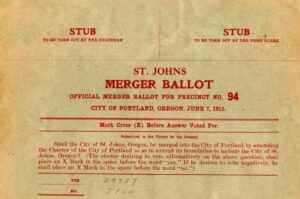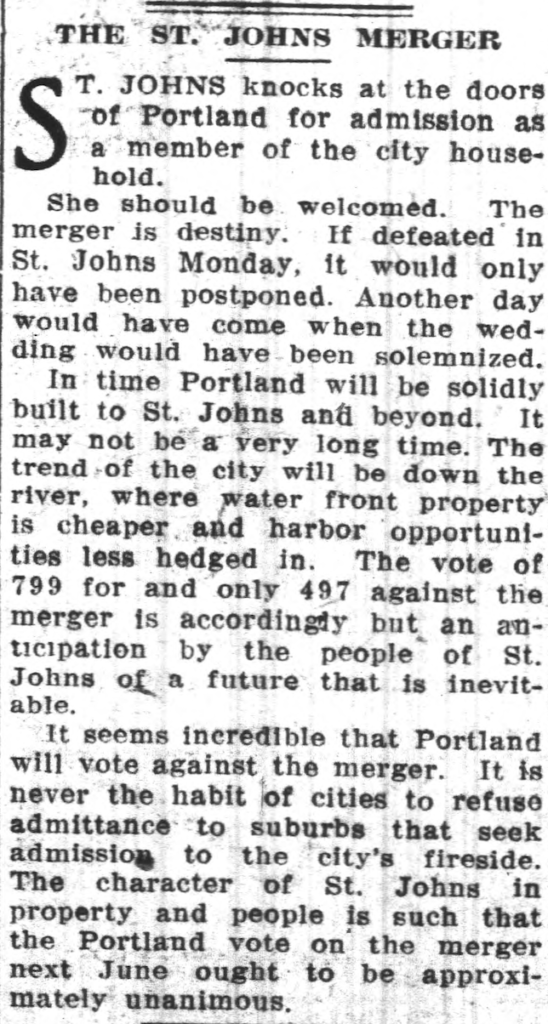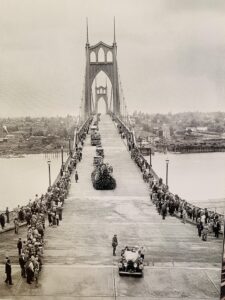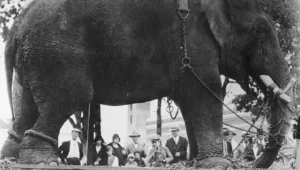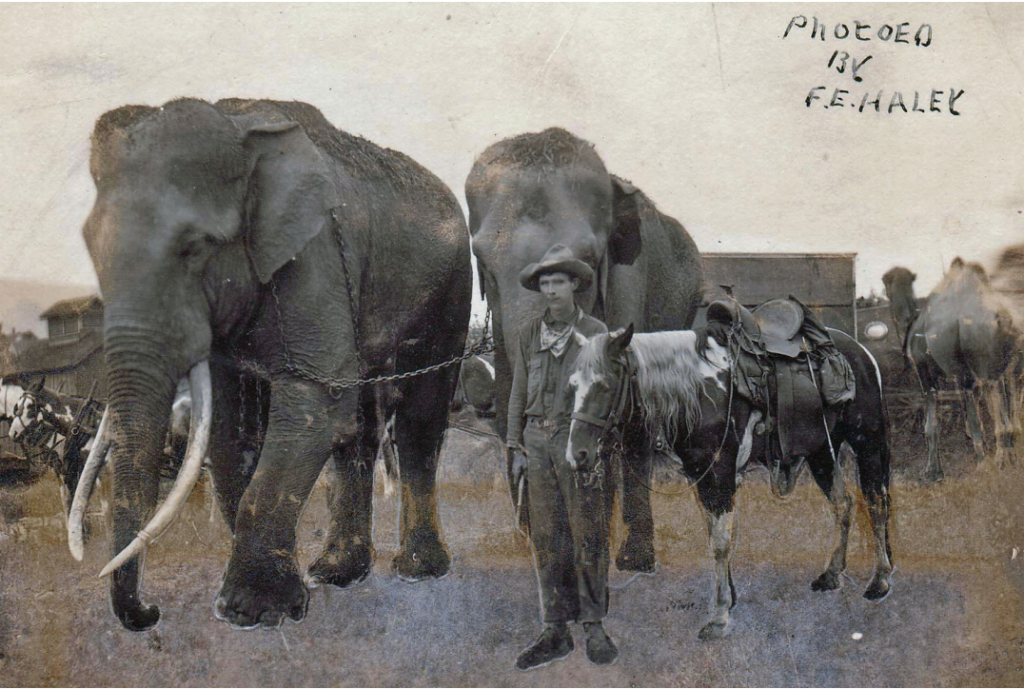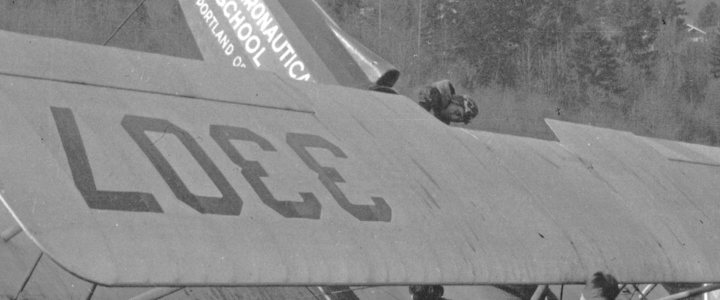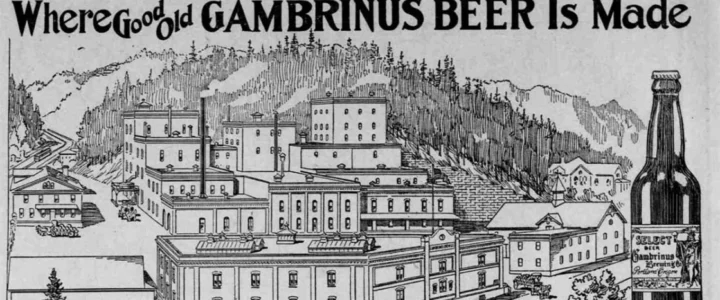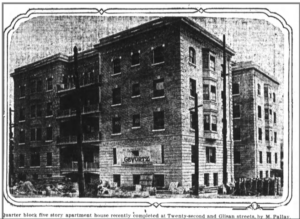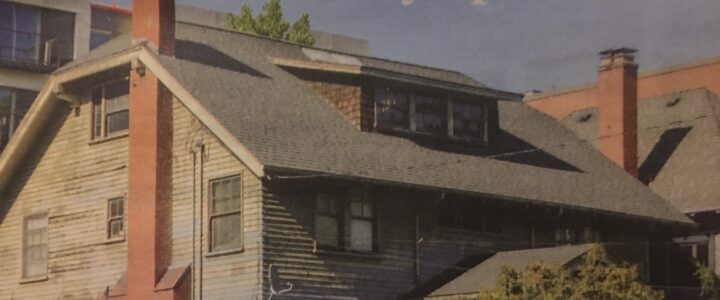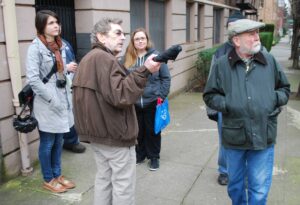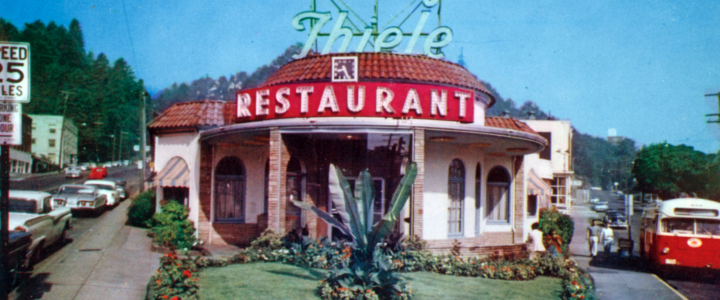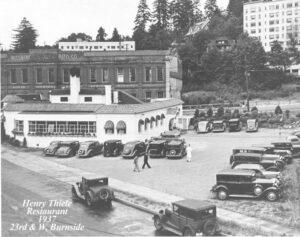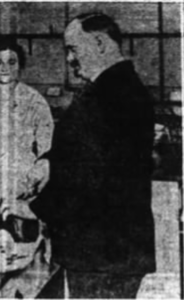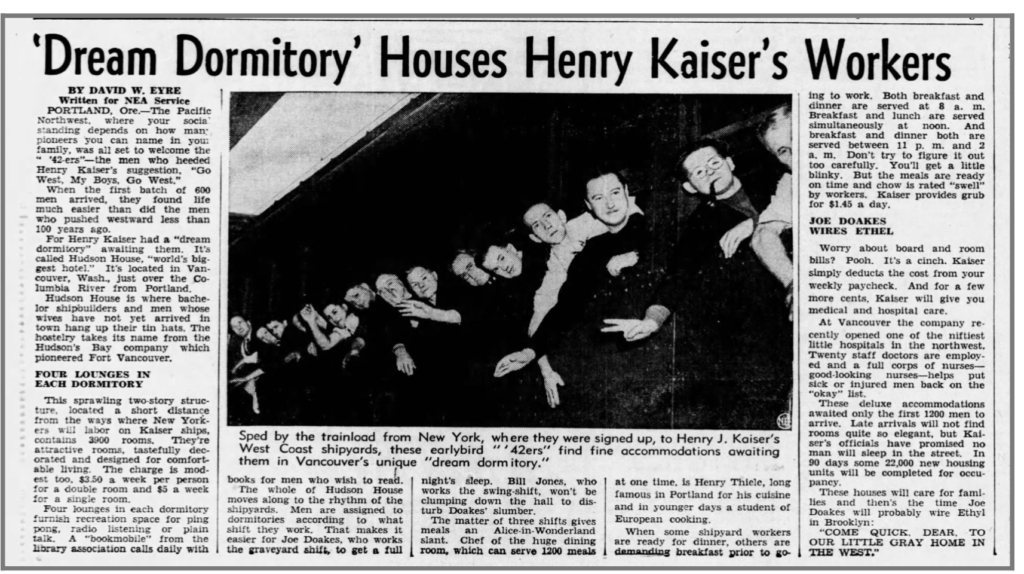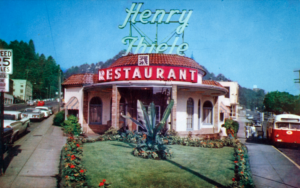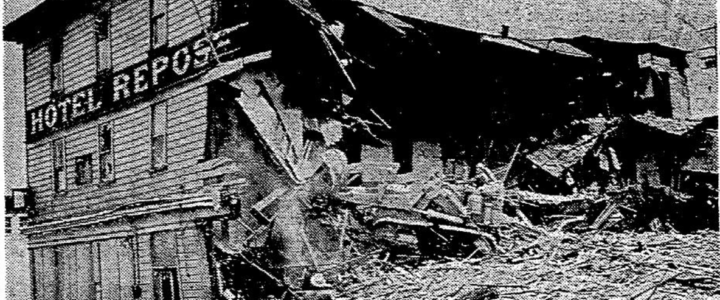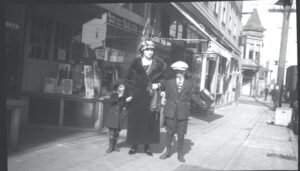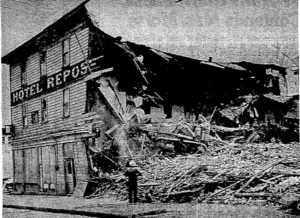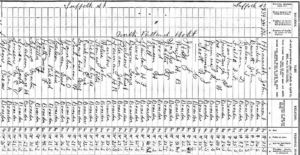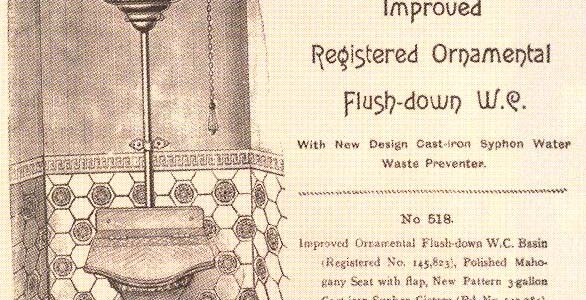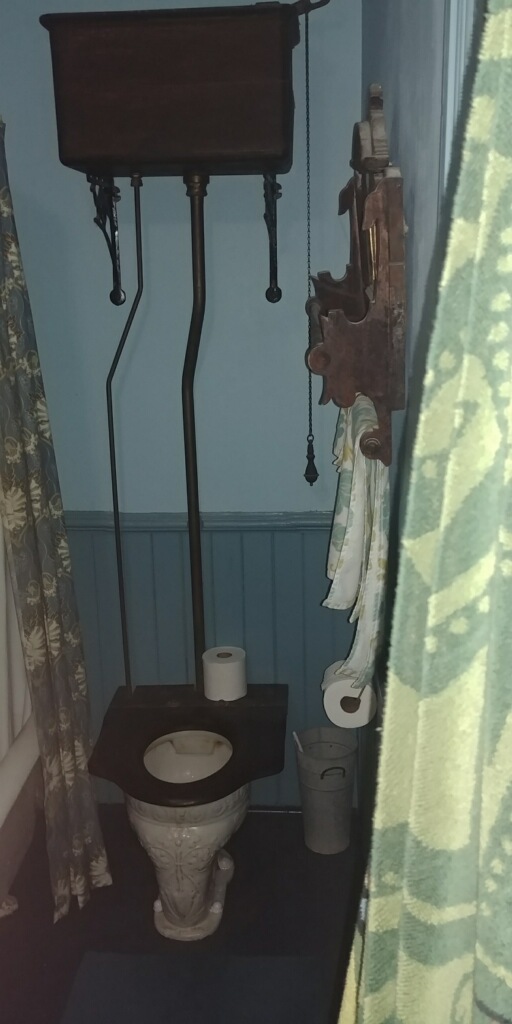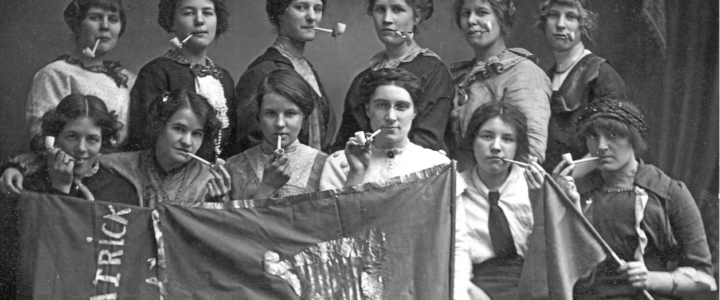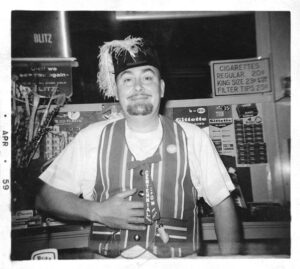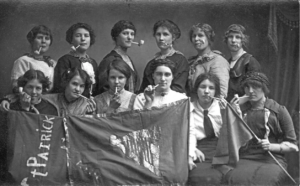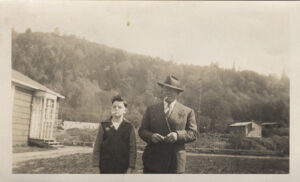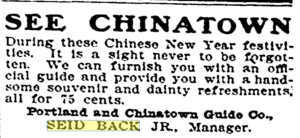Fun Fact #70 Random Wholesome Timeline of Halloween Firsts in Portland (area)
Sauvie Island is to Halloween in Oregon what the North Pole is to Christmas. The wholesome Halloween marketing in Portland advertisements started in the 1950s. In 1961 the largest pumpkin patch in Portland was at Lloyd Center Mall, 4 tons of pumpkins were given away. Halloween postcards were first introduced in the late 1800s. they are rare and if in excellent condition can be worth thousands of dollars. Vintage postcards often depicted images of witches, black cats, pumpkins, and other Halloween-themed motifs. We explore the Oregon Journal and The Oregonian’s “first coverage of Pumpkin Patches, Haunted Houses and Corn Mazes.
1902 Bishop Scott Military Academy’s First Halloween Party
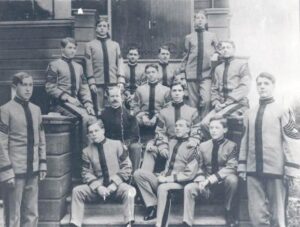
1906 First Haunted House Sale Listing in Portland (Value $12,000 lists at $700), owner willing to pay a man and wife $10 a night to sleep in the house until it’s sold. He did not get along with his supernatural guests, who made themselves felt when his last child moved out of the home. Despite the undead disclosure there was a line of perspective buyers willing to pay above asking for the 9 rooms and good yard. OJ August 20, 1906 p1.

1915 Confiscated Pumpkins Used to make Prisoners Pumpkin Pie
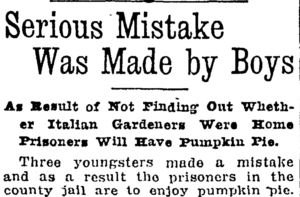
1926 First time “Pumpkin Patch” was a above the fold in the Oregon Journal
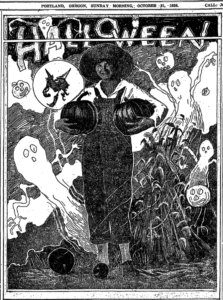
1961 First Celebration of the 1959 Appearance of the Great Pumpkin. Linus explains: “There are three things I have learned never to discuss with people: religion, politics, and the Great Pumpkin.”

1961 Four Tons of Yellow-ripe Pumpkins Given Away at Lloyd Center Mall
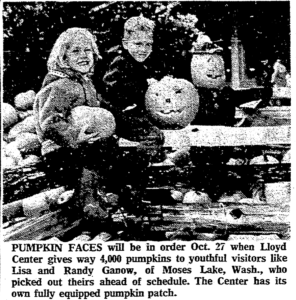
1994 First Oregon Corn Maze

Hayrides, a corn maze and a country store are among the holiday attractions at Gramma’s Place pumpkin patch, 21235 S.W. Pacific Highway in Sherwood. Weekend hours are 10 a.m. to 6 p.m. Saturday and noon to 6 p.m. Sunday. (TRICKS & TREATS FROM ALOHA TO SHERWOOD
October 27, 1994 | Oregonian, Byline: BETHANYE McNICHOL – p. 10) The first full-size corn maze is believed to have been created in Annville, Pennsylvania in 1993, so Oregon was not far behind. Corn mazes are popular tourist attractions, and are a way for farms to generate tourist income.


